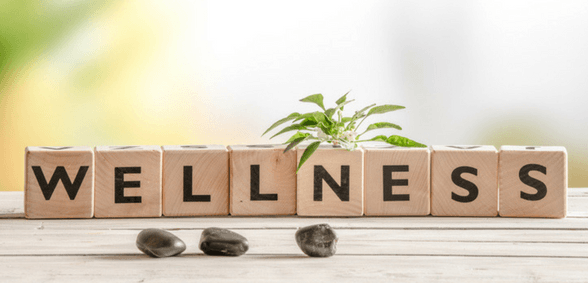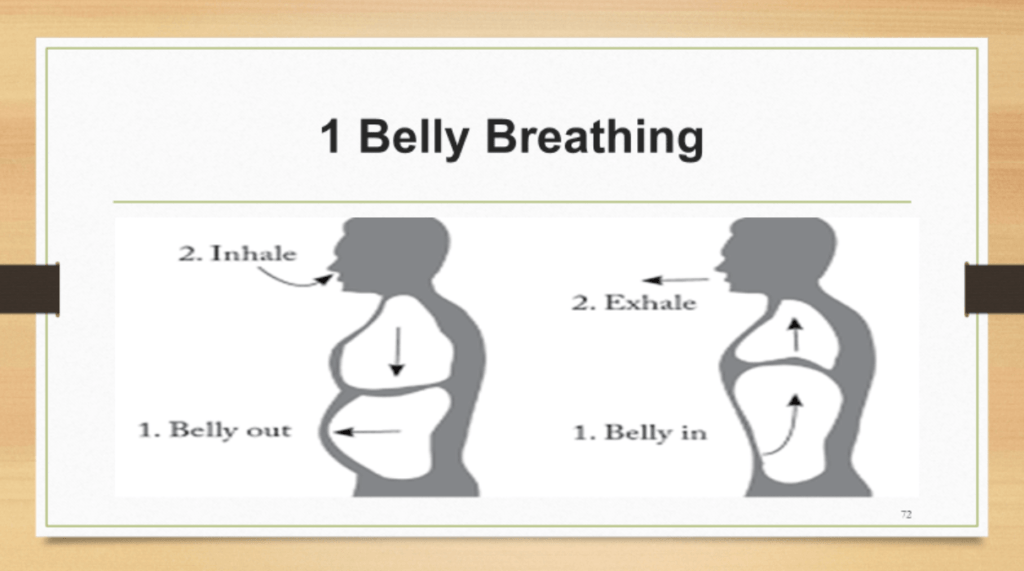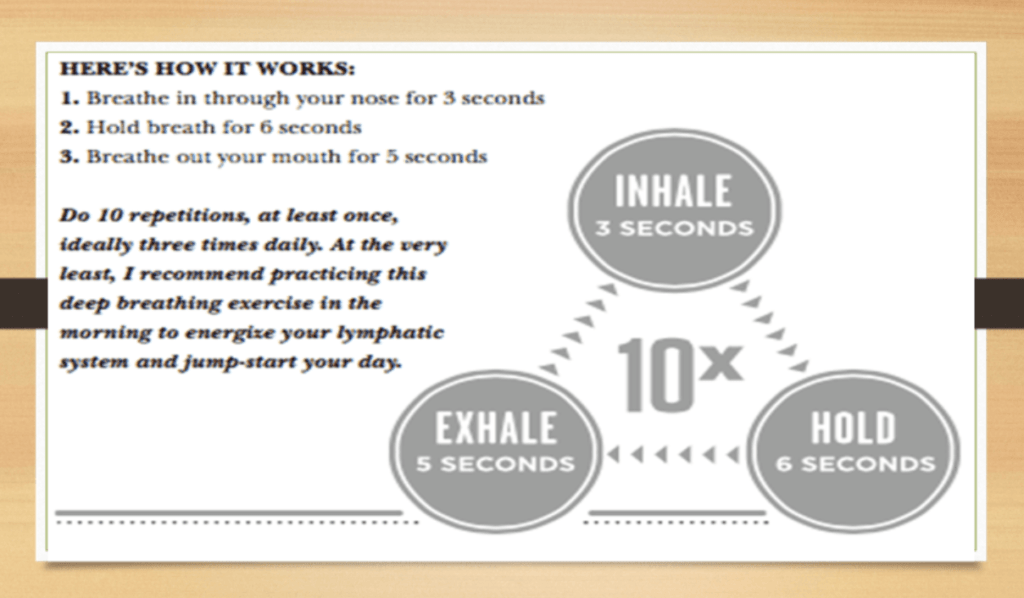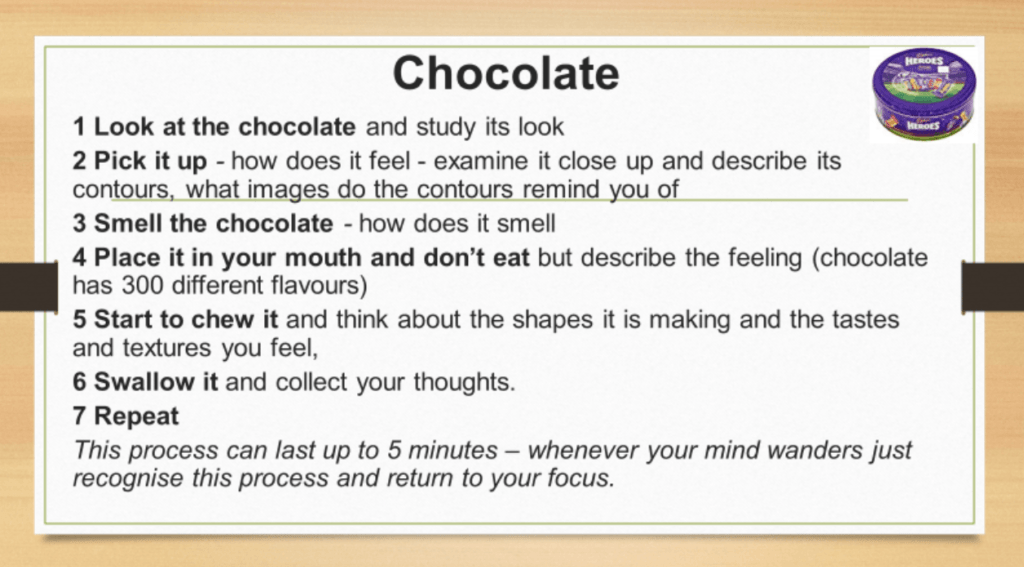
Against a backdrop of increasing accountability, higher expectations, less time and greater workload, education professionals are becoming emotionally vulnerable to negative wellbeing. Ross McWilliam, freelance speaker and mindsets author, looks at the steps we can take to change this trend
Often, we are not aware of our own emotional health – and, sometimes when we are, we go back to a tried and trusted default of ‘keep pushing’, ‘show resilience’ and ‘lead from the front.’ Whilst this can take us a fair way, it may not serve us well long-term, especially as our minds and bodies are not quite as tolerant to stresses as we age.
A simple, yet effective, analogy is to think of parking your car in the same space every day. Eventually, over time, you may have to park your car in a different way, maybe in a different space, sometimes as a result of external factors of more cars, less space, earlier parking habits, etc. The same is true for our emotional wellbeing – we must continually adapt to secure the best from ourselves.
So, what expedient plan can school leaders roll out that will solve this lack of awareness and what short and longer-term strategies can we implement to, not only protect us, but actually help us thrive so we can enjoy a well-balanced wellbeing – both professionally and personally?
Personal wellbeing audit
A great place to start developing our awareness would be to take a personal wellbeing audit. Once we have this snapshot we can then move on to identifying the negative triggers that create some of our stresses, which can, ultimately, negatively affect our wellbeing. Before any strategies can be effectively used we must always see the bigger picture of our emotional wellbeing.
Protective factors – such as self-esteem and emotional confidence – are the foundation to establishing greater wellbeing, much like a house must have solid foundations upon which it will be built. Once these foundations are in place, the five pillars of the house frame can be established. For our wellbeing purposes these could be:
- Diet
- Exercise
- Sleep
- Being connected
- Support systems.
The outside elements of the house – such as a roof, paint, damp course and all-weather bricks – protect us from storms; these represent our effective coping strategies.
Personal wellbeing starts with valuing ourselves and continually developing our sense of worth. A simple way to recognise this is to record positive achievements and qualities in your own wellbeing journal. This exercise, of recognising your positives each week, is a powerful transformational action that helps you to recognise your strengths and their impact. It fuels a positive self-fulfilling prophecy. Another way is to either write, or verbally state, your ‘Today result and tomorrow promise’. Simply put, this is where, each night, you recognise three things that went well today and then identify at least two things that will go right tomorrow.
Breathing techniques
More simple and quick stress busting strategies revolve around breathing. Here are three breathing techniques:
1. Belly breathing

2. Box breathing

3. Three-six-five

Essentially, when we are stressed, the stress hormone cortisol is released and too much too soon can make us feel stressed – like the mercury in a thermometer rising rapidly in hot weather. If we use neuro linguistic programming (NLP) this effectively blends a positive visualisation with breathing and, with practice, can yield a very powerful technique to reducing stress, getting us in the zone or state to perform.
This technique involves taking a deep breath and holding it momentarily. As you start to exhale, do two things: squeeze the index fingers of each hand together with each thumb and imagine the cortisol thermometer going down as you exhale the inhaled air.
Mindfulness
Another range of strategies that have found almost universal acceptance are based around the concept of mindfulness. This is where we try and rid the mind of all thoughts, producing a re-focusing or an emptying. In doing this we aim to be present, and in the moment, which allows us to stop dwelling on the past or anticipating the future; we will be in the present, which is a healthy place to be.
A simple way of achieving this is through ‘Chocolate meditation’ (Williams and Penman, 2011).

These are just a few strategies that, if combined with an awareness of our own wellbeing linked to our self-esteem and emotional confidence, can yield consistently positives outcomes.
Finally, to bring us full circle, if you’re having a bad day – or think you might have a bad day – why not try the ‘Window of tolerance’(Dr Pooky Knightsmith, 2018), where we become aware of the triggers that are making us either hyper-sensitive or hypo-sensitive to an event. This when we are getting acutely aware of stress or cortisol rising, when we want to fight or take flight; try and be mindful as to what the triggers are. When we start to panic or freeze, or even feel dejected and want to disengage, what are the triggers of this behaviour? This simple, reflective awareness is a quick way to recognise and adjust your thoughts and feelings so that they don’t have a negative impact on your behaviours.

Be the first to comment